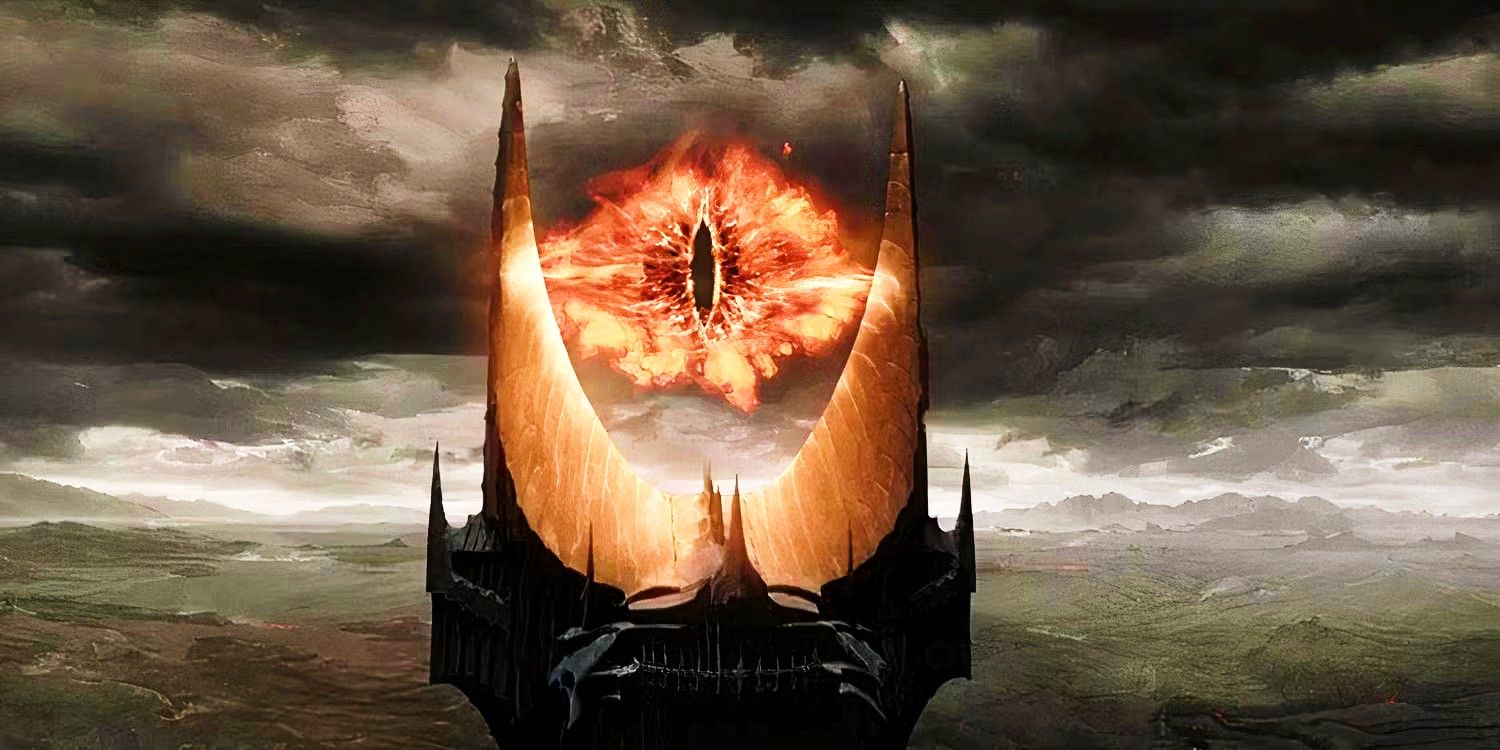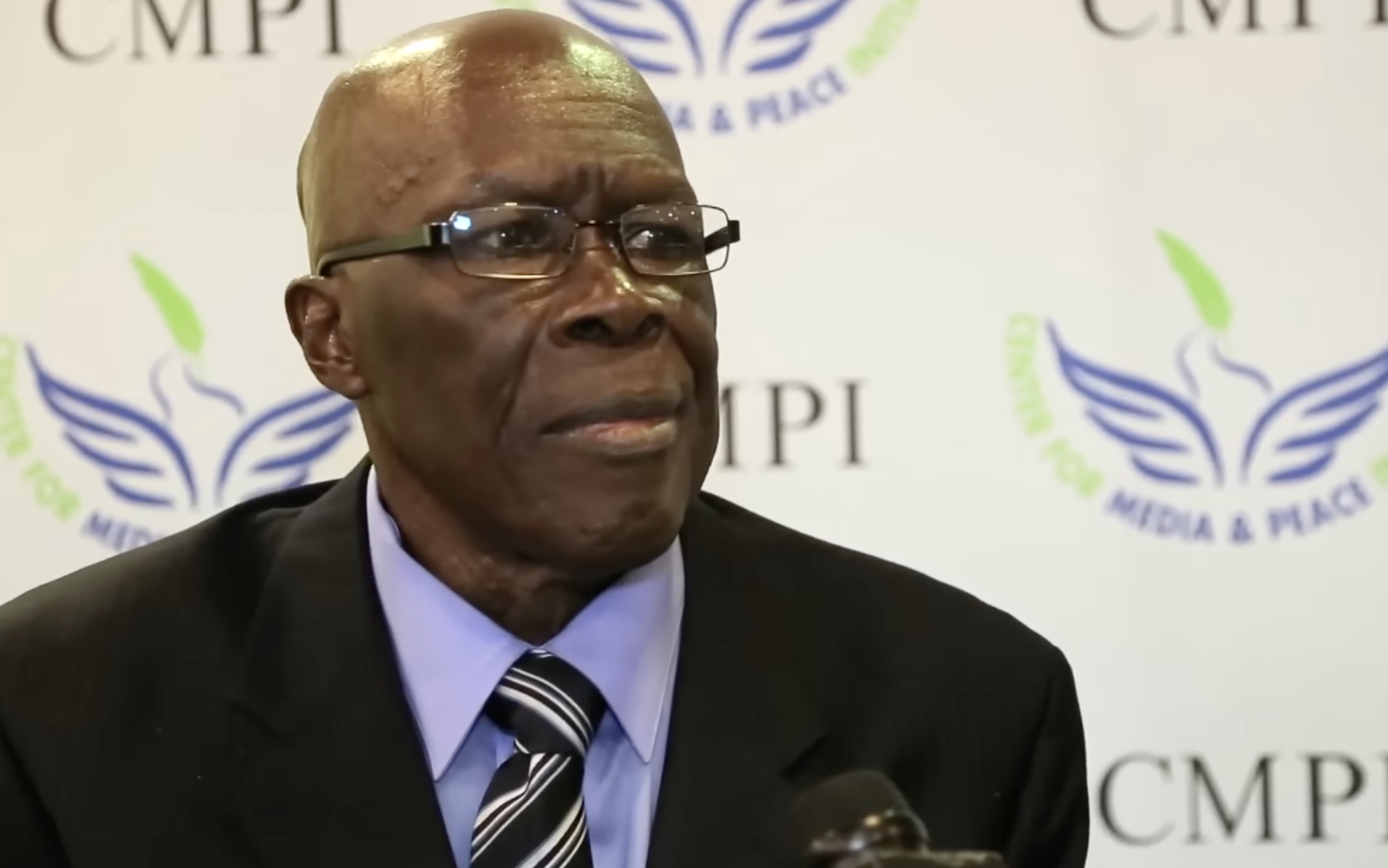Few fantasy series have as much lore as , with a host of material written by J.R.R. Tolkien, published both during his lifetime and posthumously. Detailed appendices, spinoff short stories and novels, and poems and short stories that explore backstories and side-characters – there truly is no dearth of stories, legends, and myths about Middle-earth, where the series is set. The existence of two movie trilogies, one spinoff animated movie, and a two-season prequel show with a third season in development, based on Tolkien's works, further expand the vast lore.
Peter Jackson proved up to the task of adapting the main novels as each film in The Lord of the Rings trilogy is an action movie sequel better than the original or just as good. Of the three, The Lord of the Rings: The Two Towers is the movie with the best action scenes, although the other two have notable fight scenes. While the climax is the best fight scene in The Lord of the Rings: The Fellowship of the Ring, and one of the few big mistakes in the movies.
While The Lord of the Rings is a largely faithful adaptation of Tolkien's novels, the writers and the director clearly took some creative liberty in the pacing, the development of plot points, and the appearance of the main villain, Sauron. Sauron's design in The Lord of the Rings is based on Morgoth, who is canonically his master and the first Dark Lord of Middle Earth. However, barring a few mentions, Morgoth is largely absent from The Lord of the Rings movies.
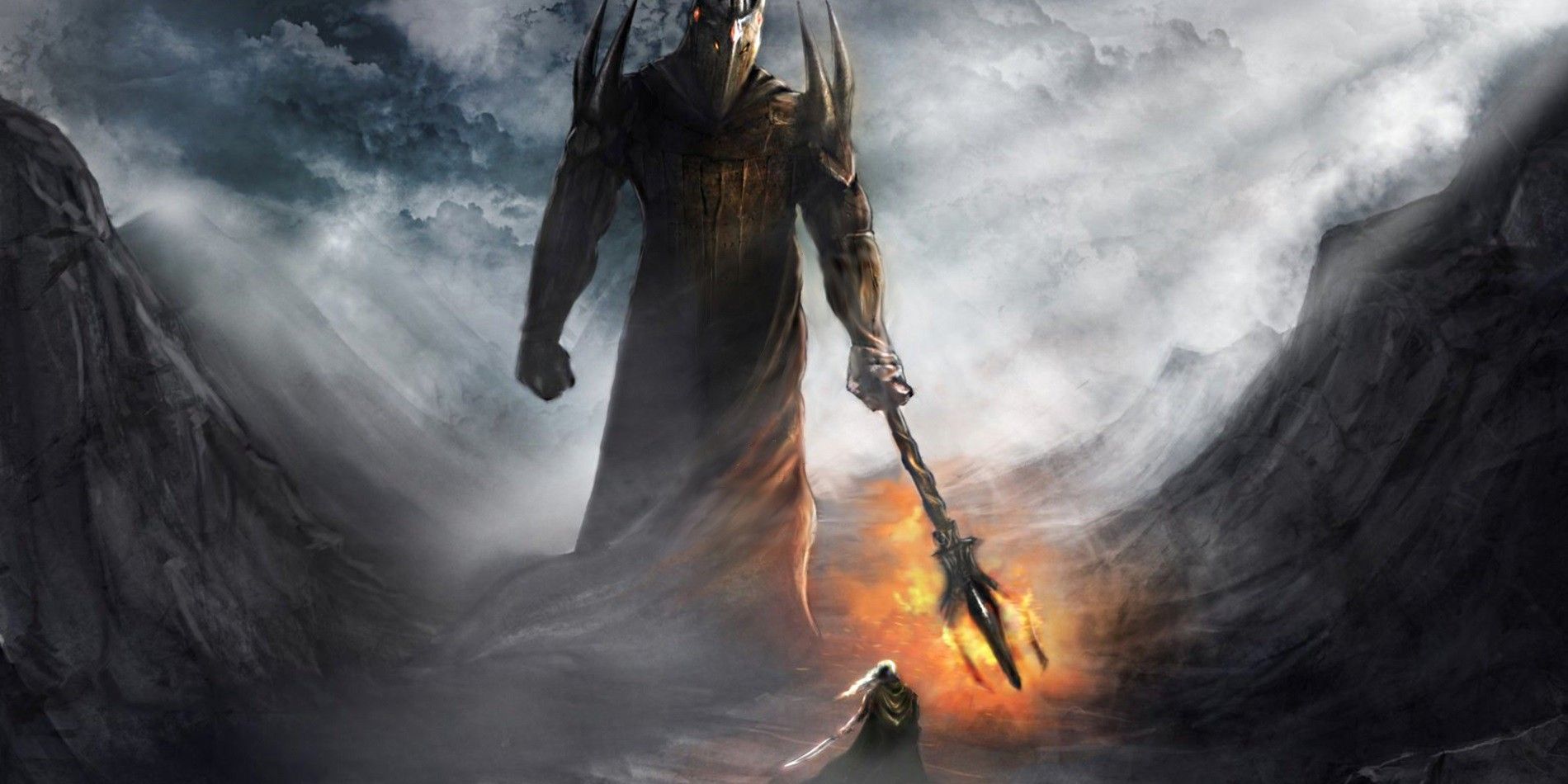
Related
Who Is Morgoth? Lord Of The Rings Villain & Sauron's Master Explained
Lord of the Rings had a villain even before Sauron, and his name was Morgoth. Tolkien's legendarium says a lot about this demonic presence.
Morgoth is essentially present in The Lord of the Rings in the form of Sauron, though. Not only is Sauron's physical appearance based on Morgoth's, the weapon he wields in The Fellowship of the Rings's prologue is inspired by Morgoth's hammer. Sauron can be seen swinging a mace in the film, which in the books. Grond is Morgoth's hammer and choice of weapon.
While the books mention that Sauron has a body, they never describe it, and the Sauron we see in the movies is based on the books' description of Morgoth.
With the mace, Sauron flings away hordes of men with each swing. He uses the mace to kill Elendil, who is Isildur's father, too. However, the books don't mention this scene or anything about Sauron's preferred weapon of choice. So, while the battle scene perfectly establishes how dangerous Sauron was, and why engaging him in combat or meeting him in person could be a fatal experience for anyone opposed to him, it isn't lore-accurate.
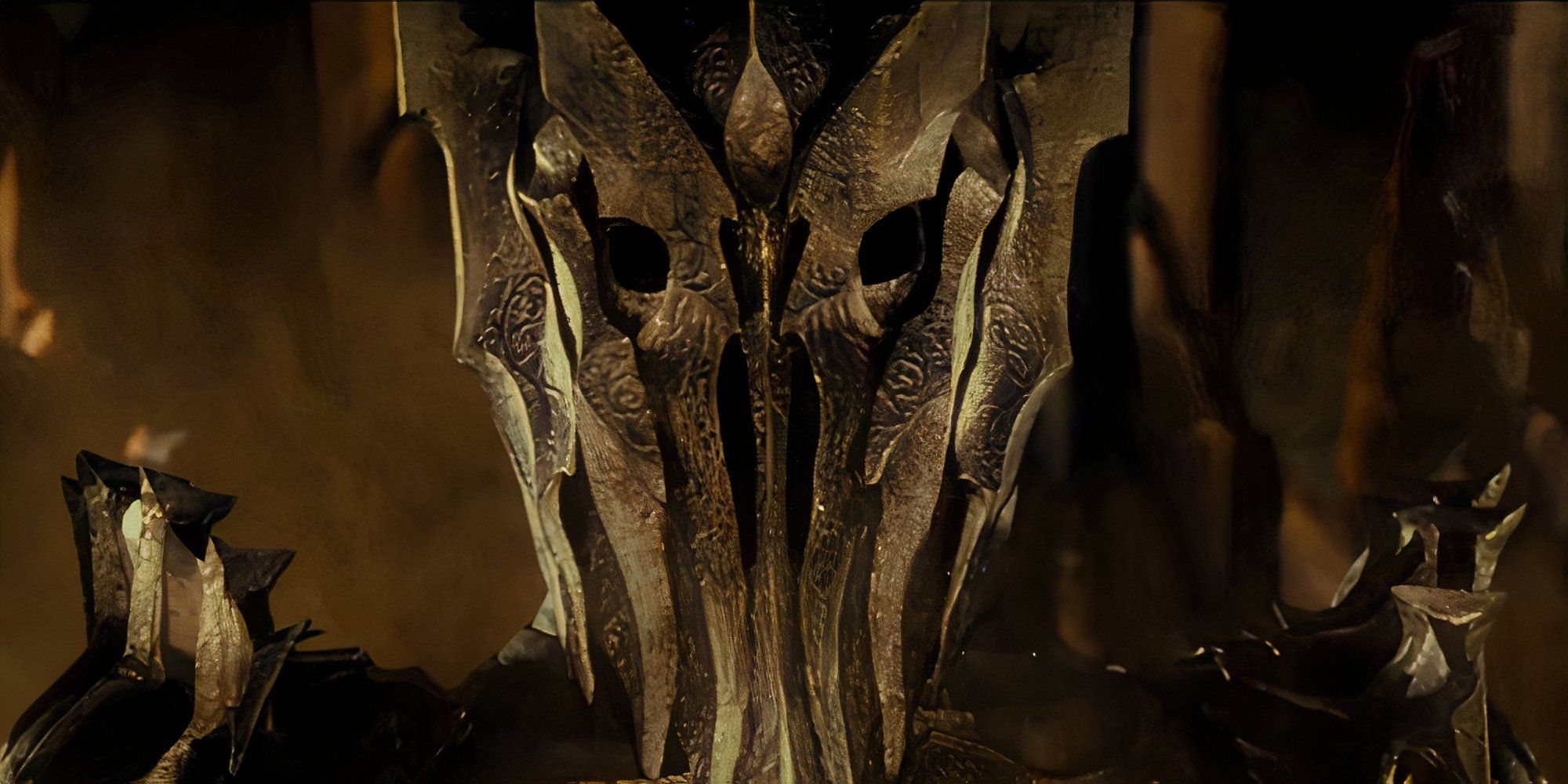
The Sauron one finds mentioned in the books in The Lord of the Rings doesn't wield any weapons. Since he went to battle, it is reasonable to assume his arsenal wasn't empty, but the books don't describe any weapons for him. Instead, they paint a very different picture of Sauron, one that builds up the mythology surrounding him and that's larger than the average human.
The books don't mention any weapons in his arsenal because he is known for using mind tricks.
All of Sauron's forms in The Lord of the Rings prove one thing to be consistent about him, regardless of the era of storytelling or the body he's occupying – he is a master of deception. His most famous form, the one that forged the ring, thus masterfully wielded deception and misdirection as his strongest weapons. The books don't mention any weapons in his arsenal because he is known for using mind tricks to win battles. However, this might have been more difficult to depict on screen than the mace-wielding version we see in The Fellowship of the Ring.
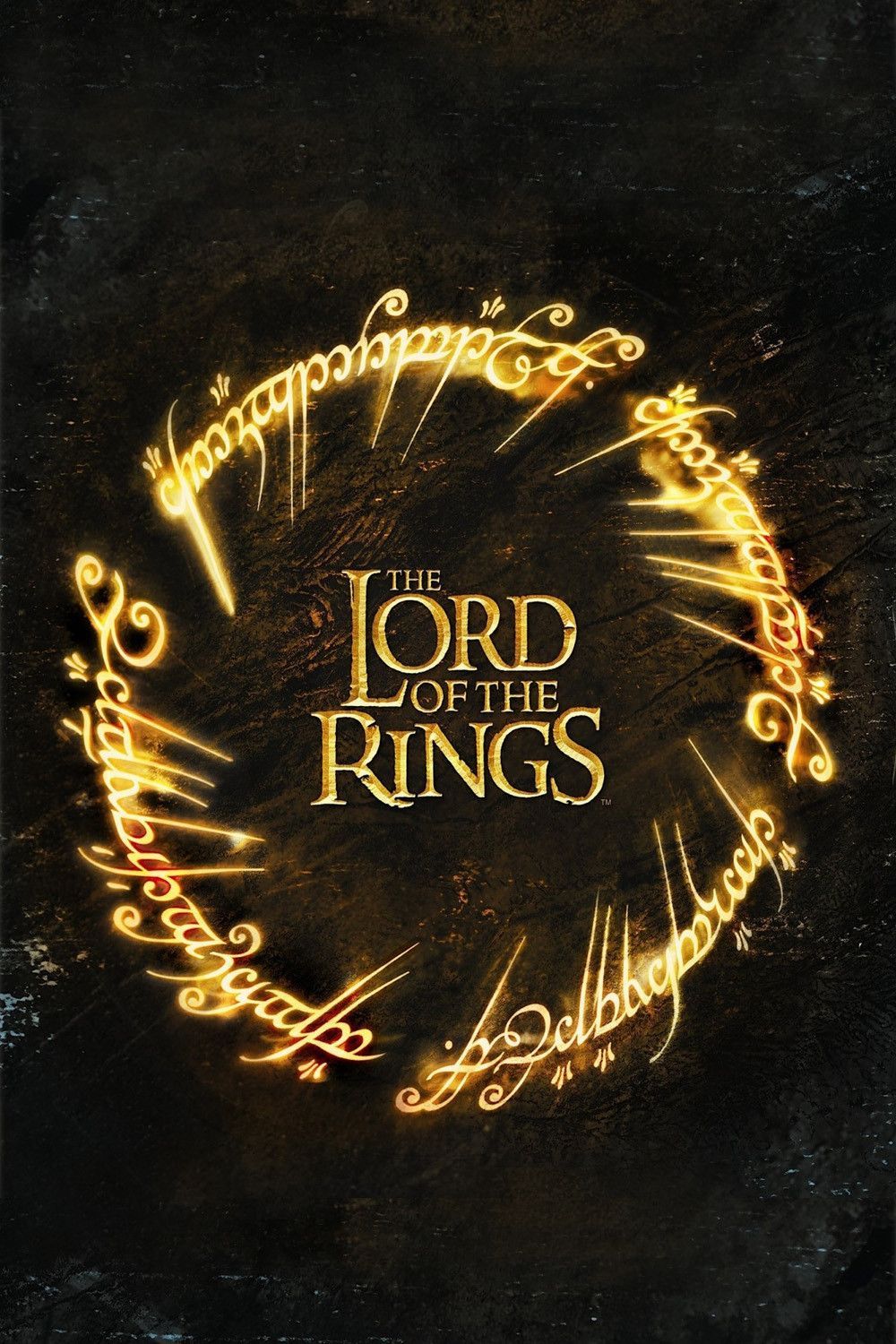
- The Lord of the Rings (1978), The Lord of the Rings: The Fellowship of the Ring, The Lord of the Rings: The Two Towers, The Lord of the Rings: The Return of the King, The Hobbit: An Unexpected Journey, The Hobbit: The Desolation of Smaug, The Hobbit: The Battle of the Five Armies, The Lord of the Rings: The War of the Rohirrim
- Norman Bird, Anthony Daniels, Elijah Wood, Ian McKellen, Liv Tyler, Viggo Mortensen, Sean Astin, Cate Blanchett, John Rhys-Davies, Billy Boyd, Dominic Monaghan, Orlando Bloom, Christopher Lee, Hugo Weaving, Sean Bean, Ian Holm, Andy Serkis, Brad Dourif, Karl Urban, Martin Freeman, Richard Armitage, James Nesbitt, Ken Stott, Benedict Cumberbatch, Evangeline Lilly, Lee Pace, Luke Evans, Morfydd Clark, Mike Wood, Ismael Cruz Cordova, Charlie Vickers, Markella Kavenagh, Megan Richards, Sara Zwangobani, Daniel Weyman, Cynthia Addai-Robinson, Lenny Henry, Brian Cox, Shaun Dooley, Miranda Otto, Bilal Hasna, Benjamin Wainwright, Luke Pasqualino, Christopher Guard, William Squire, Michael Scholes, John Hurt
The Lord of the Rings is a multimedia franchise consisting of several movies and a TV show released by Amazon titled The Lord of the Rings: The Rings of Power. The franchise is based on J.R.R. Tolkien's book series that began in 1954 with The Fellowship of the Ring. The Lord of the Rings saw mainstream popularity with Peter Jackson's The Lord of the Rings and The Hobbit trilogies.
